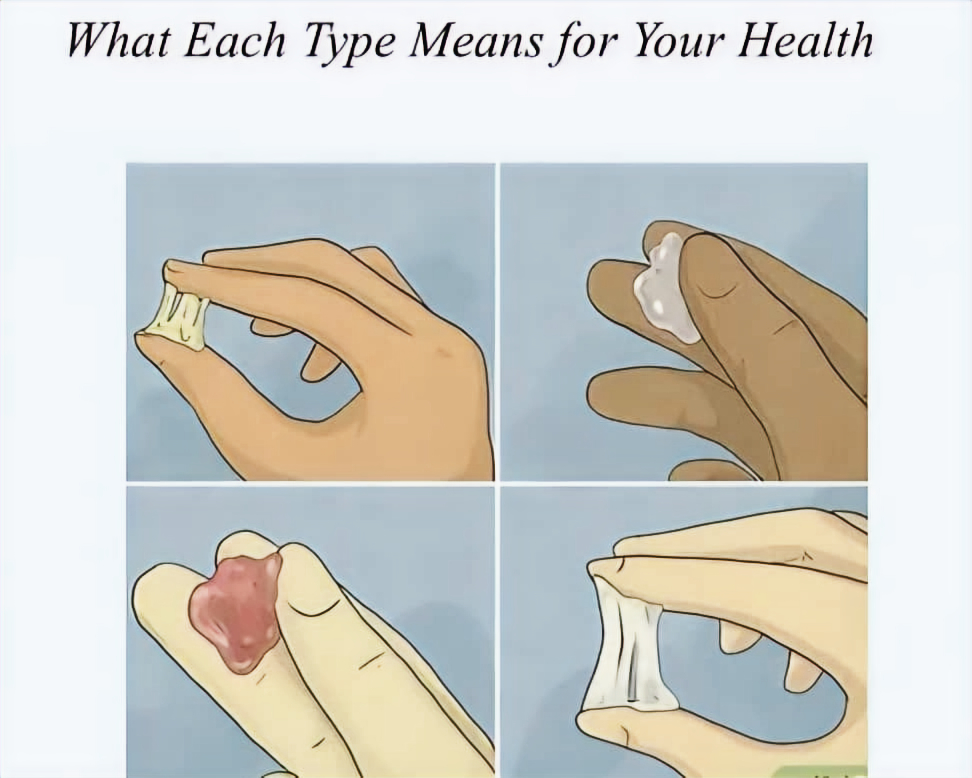Is My Discharge Normal? What I Learned When I Finally Started Listening to My Body
- Queeneth

- Oct 23
- 3 min read
I remember the first time I really noticed it, that faint mark on my underwear one morning. It wasn’t the first time it happened, but this time, I paused. Something inside me whispered, “You should probably pay attention.”
But like most women, I brushed it off. I told myself, “It’s probably nothing.” Days later, I found myself Googling “types of vaginal discharge,” overwhelmed by medical terms, worst-case scenarios, and conflicting advice.
That’s when it hit me: we talk about skincare routines, period hacks, even fertility, but not the language our bodies speak every day. And discharge? It’s one of the clearest, most honest ways our bodies communicate with us.
So, if you’ve ever wondered whether what you’re seeing is normal, you’re not alone. I’ve been there, and here’s what I’ve learned along the way.
Your Body Has Its Own Language
Vaginal discharge isn’t something to be embarrassed about; it’s your body’s built-in self-care system.
Produced by glands in your cervix and vagina, it helps keep things clean, balanced, and infection-free. Every change in color, texture, or amount tells a story about what’s happening inside, whether it’s your hormones fluctuating, your body preparing for ovulation, or stress quietly sneaking in.
Once I began noticing these patterns, it felt like learning a new language, my body’s.
What Different Types of Discharge Really Mean
When I stopped panicking and started paying attention, I realized my discharge had a rhythm of its own. Here’s what I discovered:
1. Clear and Stretchy (like raw egg whites):
I noticed this mid-cycle, and it finally clicked. This was ovulation. My body was at its most fertile, making it easier for sperm to move.
2. White and Creamy:
This usually showed up before or after my period. Totally normal, just my hormones doing their monthly dance.
3. Thin and Watery:
I often saw this after workouts or when I drank more water. It turns out, it’s my estrogen levels keeping everything balanced and lubricated.
4. Yellow or Greenish:
This was my body waving a red flag once. It came with a slight odor, not a pleasant one. A quick visit to my doctor confirmed a yeast infection, a reminder that listening early saves you stress later.
5. Brown or Bloody:
That faint brown color after my period? Just old blood making its exit. Completely normal, unless it appears randomly throughout the month.
The Emotional Side No One Talks About
Here’s the part I didn’t expect: my emotions showed up in my discharge too. During stressful weeks, I noticed changes, thinner, different, unpredictable.
It made sense after some research. When stress hormones like cortisol rise, they throw estrogen out of balance. And guess what? Your discharge feels it too.
It’s almost poetic. Your body feels everything you don’t say out loud.
Why I Started Tracking, and Why You Should Too
The more I learned, the more I wanted to understand. So I started tracking, not obsessively, just with curiosity.
And with Asele, honestly, it changed everything. With Asele, I could log my discharge, mood, and cycle in one place , and suddenly, the dots started to connect.
What used to feel like random moments became meaningful patterns. I learned when I was ovulating, when my stress was affecting me, and when my body was simply doing its job.
Understanding my discharge became less about “Is this normal?” and more about “I know what’s happening.”
When to Call Your Doctor
Sometimes, your body speaks in whispers. Other times, it raises its voice. You should reach out to a doctor if you notice:
A strong or unpleasant odor
Itching, irritation, or burning
Pain during sex or urination
Greenish or gray discharge that sticks around
Remember, seeking help doesn’t mean something’s wrong with you. It means you’re paying attention, and that’s power.
The Lesson I Carry Now
If I could go back and talk to my younger self, I’d tell her this: Your body is not confusing, it’s consistent. You just need to listen.
Now, every time I check in with myself, I see discharge not as something awkward, but as something deeply informative. It’s a daily reminder that my body is alive, responsive, and on my side.
And if you’re reading this, your body is speaking to you too. Let Asele help you understand it better.
Start tracking today, not because you should worry, but because you deserve to know.







Comments